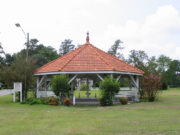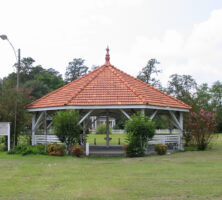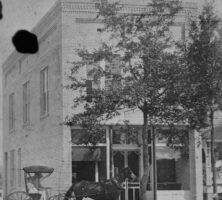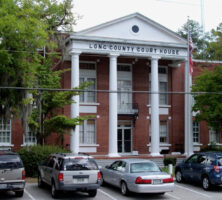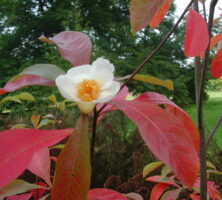On August 14, 1920, the state legislature proposed a constitutional amendment to create Long County from Liberty County, one of the original eight Georgia counties established in 1777 from the colonial parishes. On November 2, 1920, Georgia voters ratified the proposed amendment and Long County became Georgia’s 159th county.
Long County was named for Crawford Long, a doctor credited with introducing ether as an anesthesia during a surgical operation at Jefferson on March 30, 1842. Located in southeast Georgia, Long County occupies 400 square miles of the Atlantic Coast Flatwoods. The county is bordered by Liberty, McIntosh, Tattnall, and Wayne counties, and its entire southwestern boundary runs along the Altamaha River.
History
Originally the western portion of St. John’s Parish, the land along the Altamaha River (earlier spelled “Alatamaha”) was an important frontier boundary protecting the Georgia colony from the Spanish and Native Americans to the south and west. General James Oglethorpe established a series of forts, including Beards Bluff Fort and Fort Barrington, along the river for protection. Paths developed by Creek Indians became the first roads, including the Old Barrington Road, which was also known as the Old Post Road because it was part of the first postal route from Savannah into Florida. Inns, including Archibald Baggs’s h ome, the Sandiford Inn, and Timothy Barnard’s trading post at Beards Creek, accommodated travelers along these paths.
The county seat of Ludowici began in the 1840s as a stop known as “Four and a Half” on the Atlantic and Gulf Railroad. Around 1850, landowner Allen Johnston built his home near the railroad. A station was built across the tracks, and a small village developed known as Johnston Station. In 1903 William Ludowici established the “Dixie” plant of his Ludowici Celadon Company at Johnston Station, which he chose for the area’s quality ceramic clays and transportation facilities. Ludowici donated money toward the construction of a new schoolhouse in 1905, and in his honor the citizens renamed the town Ludowici. It was incorporated that same year. Briefly during World War I (1917-18), the town was called Liberty City due to the prevailing anti-German sentiment of the time. The two-story, red-tiled school was eventually demolished for a modern school building where, today, Long County operates a public school for grades kindergarten through twelve.
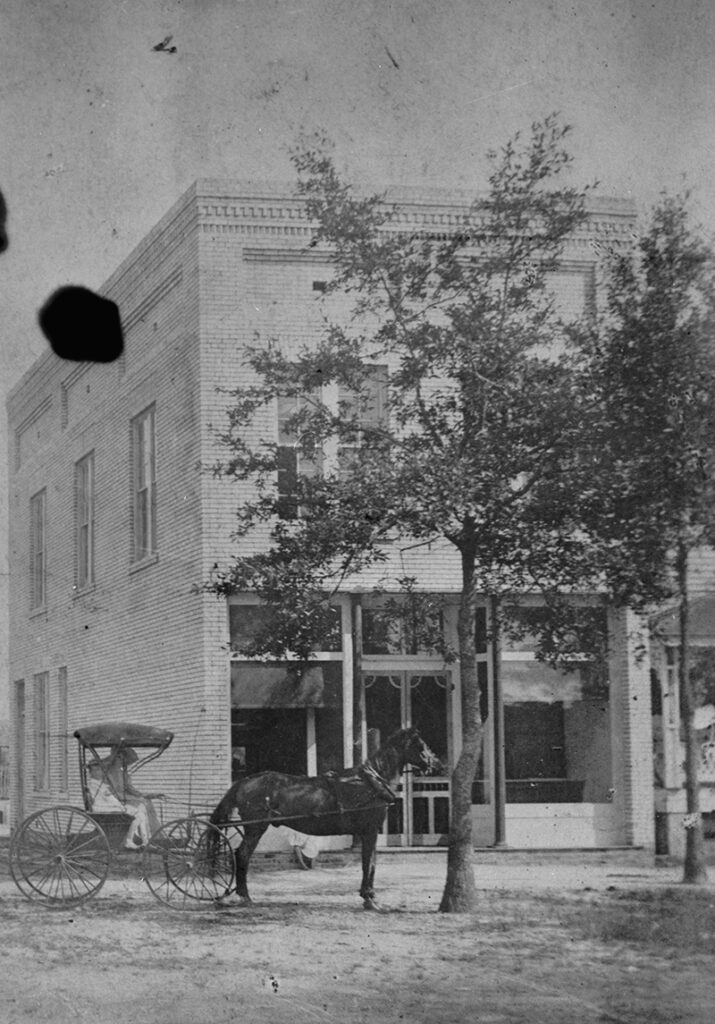
Government and Economy
Long County is managed by a traditional commission government from Ludowici, which remains the only incorporated municipality in the county. The two-story brick courthouse was completed in 1926. Designed by G. M. Harrington, the Neoclassical Revival building is listed on the National Register of Historic Places. The legal organ of the government is the Ludowici News. Long County, historically and currently, is a rural, agricultural area. The principal farm crop was once cotton, but by the 1970s it had been replaced by tobacco, corn, soybeans, and cattle. The pine forests of the region have always played an important role in the economy. Frontiersmen settling along the Altamaha River fastened logs together to form rafts that were floated downstream to the port of Darien for export, a practice that continued through the nineteenth century. During the twentieth century, five large paper mills opened within a fifty-mile radius of Ludowici, and Long County’s economy was dramatically improved by new employment opportunities and a new demand for timberlands. The northern tip of the county is occupied by Fort Stewart, the largest military installation east of the Mississippi River. Covering 280,000 acres (spread over several counties), the post, which includes forestlands and hunting preserves, provides many civil service jobs to local residents. Altamaha Technical College, which offers workforce training, operates a satellite campus in Ludowici.
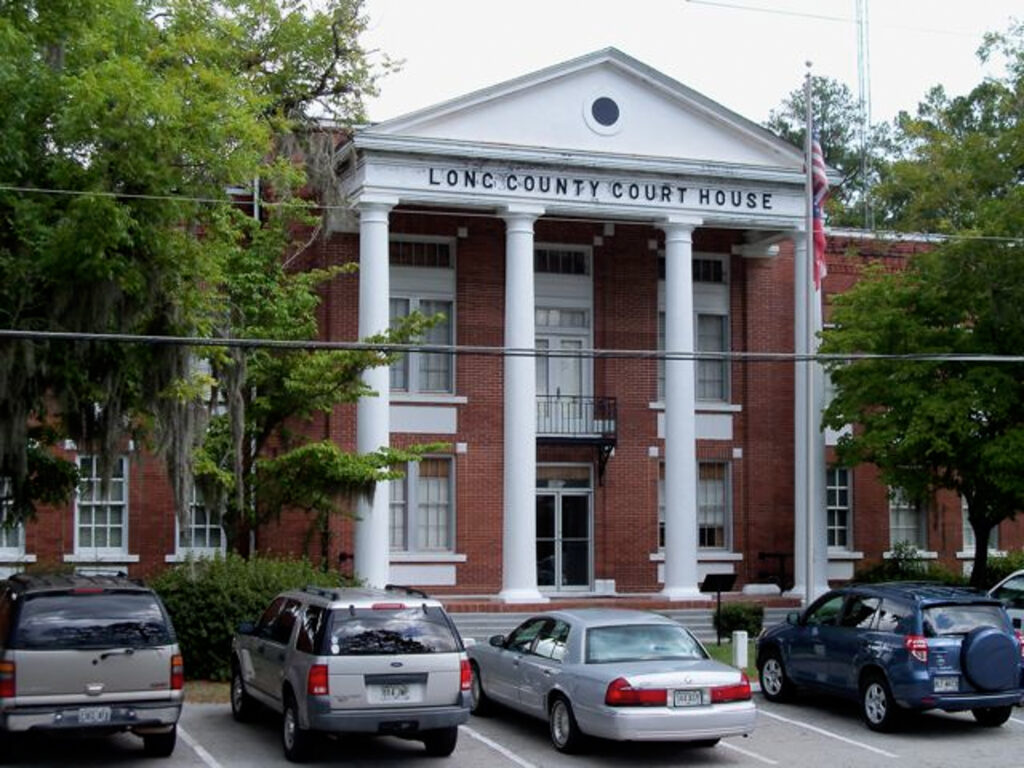
Highlights
Annual events held in Long County include Old South Farm Days in March, the Catfish Festival in April, and the Long County Wildlife Festival in October. Points of interest include the Ludowici Well Pavilion (1907), an important social meeting place for the county and a National Register of Historic Places site, and Jones Creek Baptist Church (1856) and Walthourville Presbyterian Church (1884), both state historic sites.
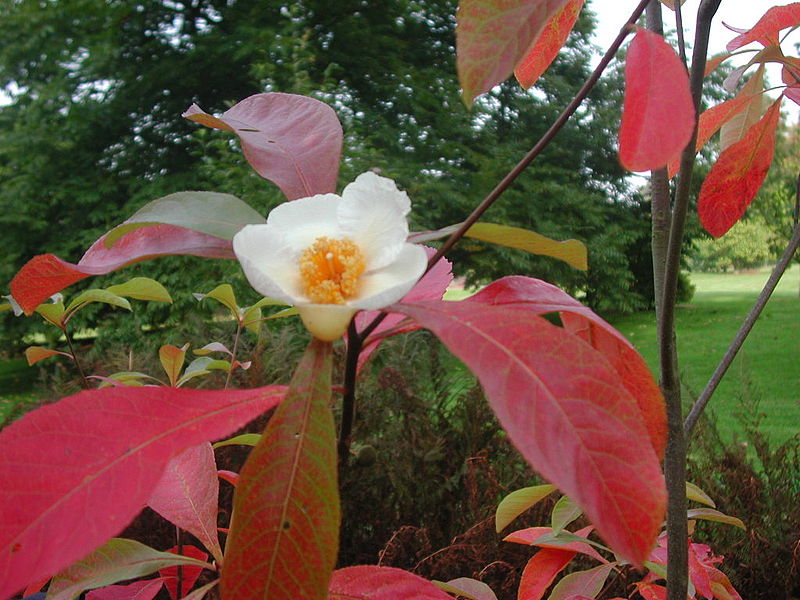
The Altamaha River provides such recreational opportunities as fishing, boating, and water sports. A marble monument near the southern border of the county honors the lost Franklinia alatamaha, a flowering plant discovered by royal botanists John and William Bartram in 1765. The plant was last seen growing in the wild near the Altamaha River in 1803.
According to the 2020 U.S. census, Long County’s population was 16,168.


